‘Takaichi vs. Koizumi’: Fierce Contest for Japan’s Next Prime Minister, Rightward Shift Inevitable if Takaichi Prevails
Input
Changed
‘Female Abe’ Takaichi, Former Minister for Economic Security ‘Fun-Cool-Sexy’ Koizumi, Minister of Agriculture, Forestry and Fisheries, in Rivalry Prospect of Growing Uncertainty in Korea-Japan Relations if Takaichi Secures Victory
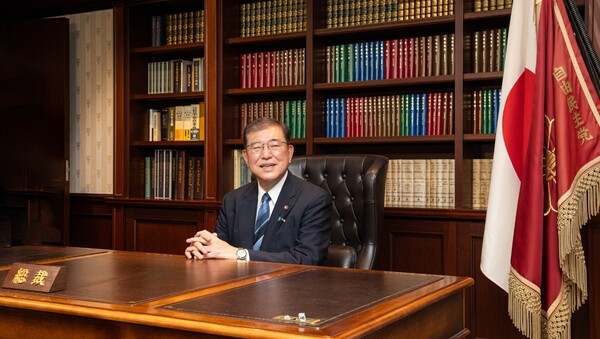
With Prime Minister Shigeru Ishiba officially tendering his resignation after just 11 months in office, public attention has turned to the post-Ishiba leadership race. Given that the leading contenders for the premiership are viewed as more hardline conservatives compared to the pro-Korea Ishiba, bilateral historical disputes risk resurfacing.
Ishiba Government Ends After Just One Year
According to the Asahi Shimbun on the 8th, Ishiba announced his decision to step down the previous day. The resignation, coming only 49 days after the ruling party’s crushing defeat in the July House of Councillors election, effectively amounted to a forced exit and was delivered just one day before the outline of an early leadership election—tantamount to a “push to oust Ishiba”—was expected to be unveiled. Entering the prime minister’s residence press room with a composed expression, Ishiba declared, “I ask that the procedures to elect a new party leader be initiated.”
The decisive blow that forced his hand was the unprecedented “prime ministerial recall.” Despite mounting calls for his resignation, Ishiba had resisted stepping down. In response, on the 2nd the Liberal Democratic Party (LDP) convened a joint meeting of both chambers and initiated a procedure under Article 6, Clause 4 of party rules, to verify by the 8th whether to hold an early leadership election. If a majority—at least 172 of the 342 members, comprising 295 lawmakers and 47 prefectural chapter representatives—supported the motion, the early election could be triggered. The reality of this provision expedited Ishiba’s departure.
Following Ishiba’s announcement, the LDP abandoned the scheduled verification process and moved directly into leadership election mode. Under Japan’s parliamentary cabinet system, the head of the ruling party with a majority becomes prime minister, with the successor determined through the LDP leadership election and subsequent parliamentary designation. Japanese media forecast that the election could be held as early as this month to minimize political vacuum.
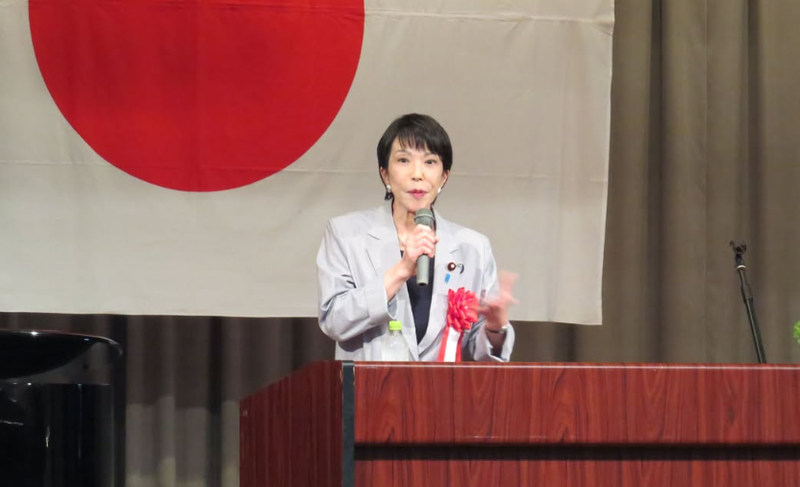
Koizumi and Takaichi Among ‘Sleeping Dragons’ in Contest
Leading candidates include Sanae Takaichi, former Minister for Economic Security, who faced Ishiba in last September’s leadership runoff, and Shinjiro Koizumi, Minister of Agriculture, Forestry and Fisheries and son of former Prime Minister Junichiro Koizumi. Benefiting from his father’s political legacy, Koizumi enjoys high name recognition and has been credited with stabilizing rice prices since being brought into the Ishiba Cabinet as a “relief pitcher.” On the night of the 6th, he, together with former Prime Minister Yoshihide Suga, persuaded the embattled Ishiba to step down, warning that “the party must not fracture.” He had also urged Suga to resign early in 2021, demonstrating a penchant for forthright counsel.
Koizumi has long been floated as a strong contender for the premiership. In the first round of last year’s LDP leadership contest, where Ishiba eventually triumphed, Koizumi finished third behind Ishiba and Takaichi. Should he become prime minister, Koizumi would surpass Shinzo Abe, who took office at 52 in 2006, as the youngest ever to assume the post. In 2019, at 38, he had already set a record as the youngest male cabinet minister when appointed environment minister.
Yet the figure currently closest to the leadership appears to be Takaichi. In a Yomiuri Shimbun poll this July, she ranked first in suitability for next prime minister with 26 percent, enjoying broad support among conservative LDP members. A lower house member from Nara Prefecture, Takaichi identifies herself as heir to the late former Prime Minister Shinzo Abe’s political line and is often dubbed the “female Abe.” As a female, non-dynastic politician, she served as Minister for Internal Affairs and Communications and LDP Policy Research Council Chair under Abe, consolidating her credentials. Advocating a “strong Japan,” she is regarded as carrying forward Abe’s overall political legacy.
“I Visit Yasukuni Twice Every Year”: The Hardline Nationalist Stance of Takaichi
Diplomatic observers warn that Takaichi’s election could strain Korea-Japan relations. She has consistently visited Yasukuni Shrine, where Class-A war criminals from World War II are enshrined, and during her campaign in last year’s leadership race openly declared, “Even as prime minister, I will continue visiting Yasukuni Shrine.” This stance directly challenges the convention in which Japanese prime ministers, conscious of international opinion, refrained from personal visits and instead offered ritual offerings. The last sitting prime minister to visit Yasukuni was Shinzo Abe in 2013.
Takaichi has also denied the forced mobilization of wartime comfort women and supports constitutional revision to allow Japan to wage war, exposing her right-leaning ideological orientation on historical issues. At a February 2022 symposium organized by the ultranationalist group “Yasukuni Shrine Veneration Association” in Tokyo, she disparaged Korea using derogatory expressions. Referring to Korean and Chinese protests over shrine visits, she asserted, “When we half-heartedly stop visiting Yasukuni, the other side starts tsukeagaru (to get uppity).” The term “tsukeagaru” implies exploiting others’ generosity to behave arrogantly—akin to “getting above oneself.” Should she become prime minister, Korea-Japan ties could rapidly deteriorate, with historical disputes at the core.
By contrast, Koizumi is considered a relatively moderate reformist compared with Takaichi. Although he too has visited Yasukuni recently and is therefore not free of historical controversy, analysts believe his role as a key figure in Ishiba’s administration suggests a likelihood of maintaining continuity with Ishiba’s line. While Koizumi’s personal foreign policy orientation remains less defined, many believe he would retain interest in Korean Peninsula issues, consistent with his father’s “political legacy.” His advocacy for resolving the abduction issue, a cause célèbre among Japanese conservatives, suggests potential channels of dialogue with the South Korean government.

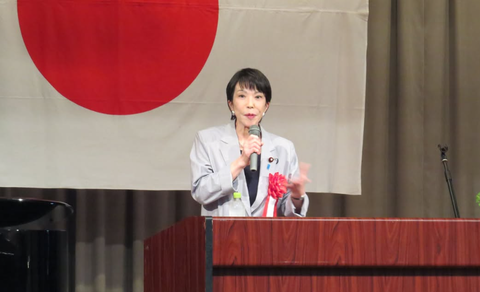


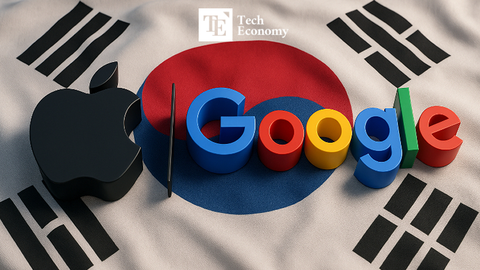



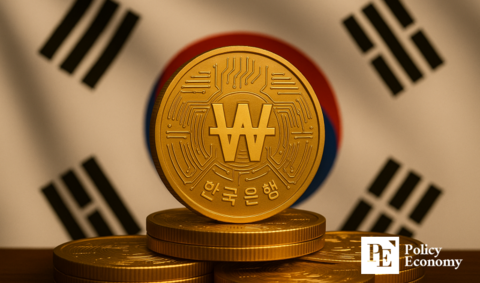
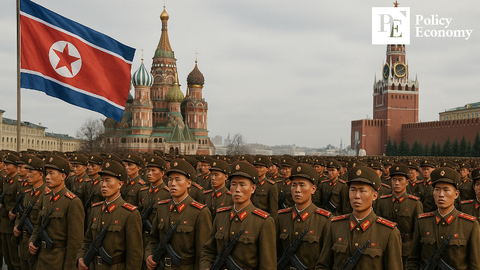












Comment